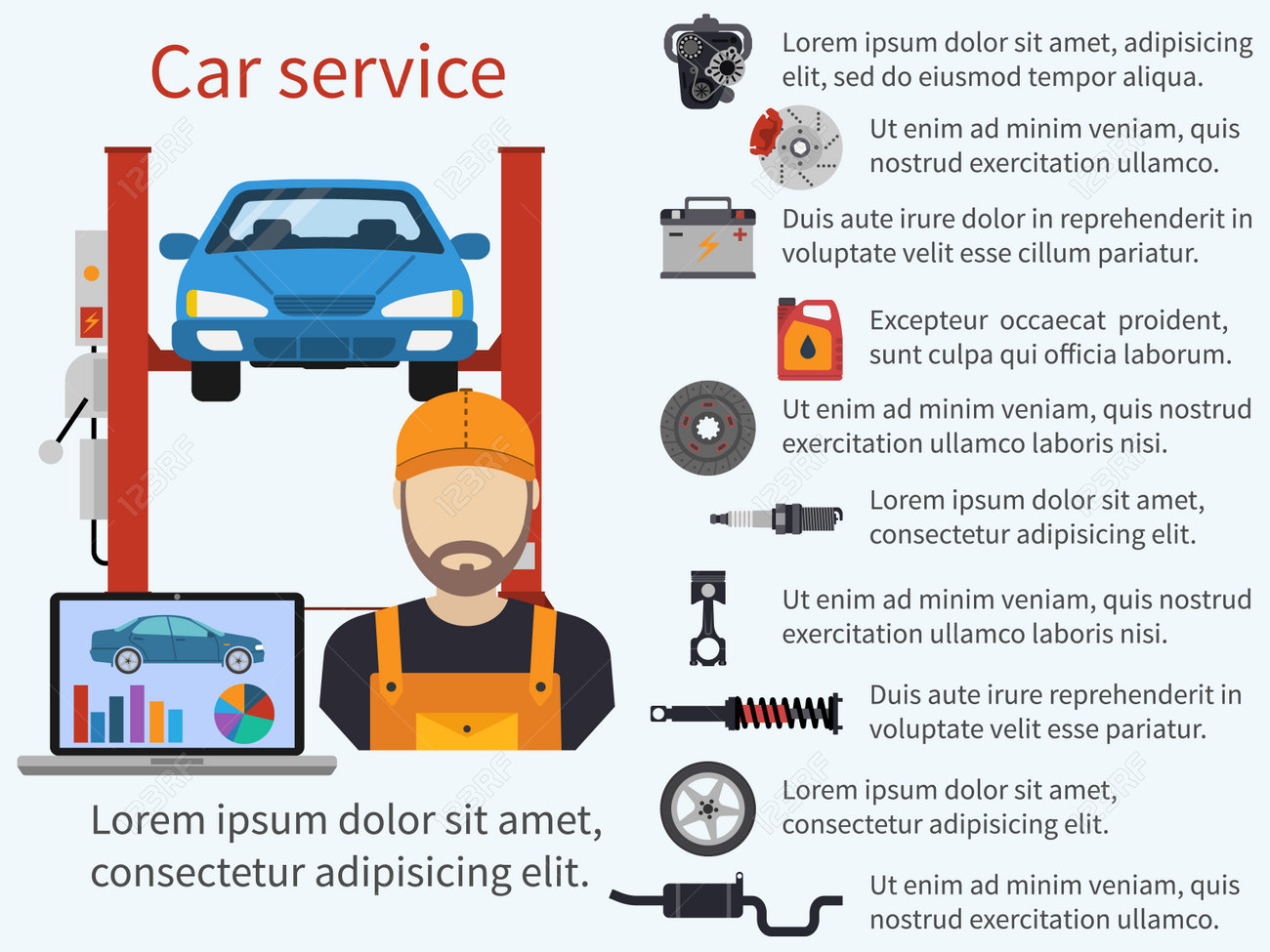Interpreting Your Auto'S Alert Lighting: Their Real Ramifications
Interpreting Your Auto'S Alert Lighting: Their Real Ramifications
Blog Article
Written By-Lauritsen Torres
When you lag the wheel, those glowing caution lights on your dashboard can be a bit bewildering. Do you recognize what they're attempting to inform you concerning your automobile's health? Comprehending the importance of these lights is important for your safety and the long life of your automobile. So, the following time one of those lights turns up, wouldn't you intend to analyze its message precisely and take the needed steps to resolve it?
Common Warning Lighting and Interpretations
Determine usual warning lights in your automobile and understand their significances to ensure safe driving.
The most common caution lights include the check engine light, which indicates problems with the engine or emissions system. If this light comes on, it's critical to have your lorry examined promptly.
The oil pressure advising light indicates reduced oil pressure, requiring instant attention to avoid engine damage.
A blinking battery light might suggest a defective charging system, potentially leaving you stranded otherwise addressed.
The tire stress monitoring system (TPMS) light informs you to low tire pressure, affecting automobile security and gas efficiency. Neglecting this might bring about dangerous driving problems.
The abdominal muscle light suggests an issue with the anti-lock stopping system, jeopardizing your ability to quit promptly in emergencies.
Lastly, the coolant temperature level cautioning light warns of engine overheating, which can cause severe damage if not settled swiftly.
Comprehending these typical warning lights will certainly aid you resolve issues quickly and keep safe driving conditions.
Importance of Prompt Attention
Recognizing the common warning lights in your car is just the very first step; the importance of without delay resolving these cautions can not be stressed enough to ensure your safety and security when driving.
When https://discount-tire-service84951.blogdeazar.com/32257139/how-mobile-auto-explaining-services-can-conserve-you-money-and-time brightens on your control panel, it's your car's way of interacting a potential issue that needs focus. Disregarding these cautions can bring about more extreme troubles later on, jeopardizing your security and potentially costing you extra in repairs.
Prompt interest to cautioning lights can prevent failures and crashes. As https://andersonupkfz.techionblog.com/32135579/mobile-automobile-explaining-benefit-meets-high-quality-for-your-automobile , a blinking check engine light can indicate a misfire that, if left ignored, might trigger damages to the catalytic converter. Resolving this without delay can conserve you from a pricey fixing.
In a similar way, a brake system advising light could signal reduced brake liquid or used brake pads, vital components for your safety and security when driving.
Do It Yourself Troubleshooting Tips
If you notice a caution light on your control panel, there are a few DIY troubleshooting suggestions you can attempt prior to looking for specialist assistance.
The initial step is to consult your cars and truck's handbook to recognize what the details caution light indicates. Often the issue can be as easy as a loose gas cap activating the check engine light. Tightening the gas cap might fix the issue.
An additional typical issue is a reduced battery, which can trigger various cautioning lights. Examining the battery connections for rust and ensuring they're safe may repair the trouble.
If a caution light persists, you can attempt resetting it by detaching the car's battery for a few mins and afterwards reconnecting it. Furthermore, examining https://www.thisisardee.ie/2022/07/20/automotive-repair-and-maintenance-services-market-is-booming-worldwide-firestone-complete-auto-care-christopher-auto-repair-discount-brake-auto-repair-goodyear-tire-rubber-sumitomo-c/ , such as oil, coolant, and brake liquid, can aid fix cautioning lights related to these systems.
Final thought
Finally, recognizing your auto's warning lights is vital for keeping your automobile running efficiently and safely. By promptly resolving these notifies and understanding what they suggest, you can prevent expensive repair services and prospective failures.
Bear in mind to consult your auto's guidebook for certain details on each cautioning light and do something about it accordingly to guarantee a trouble-free driving experience.
Stay educated, stay secure on the road!
